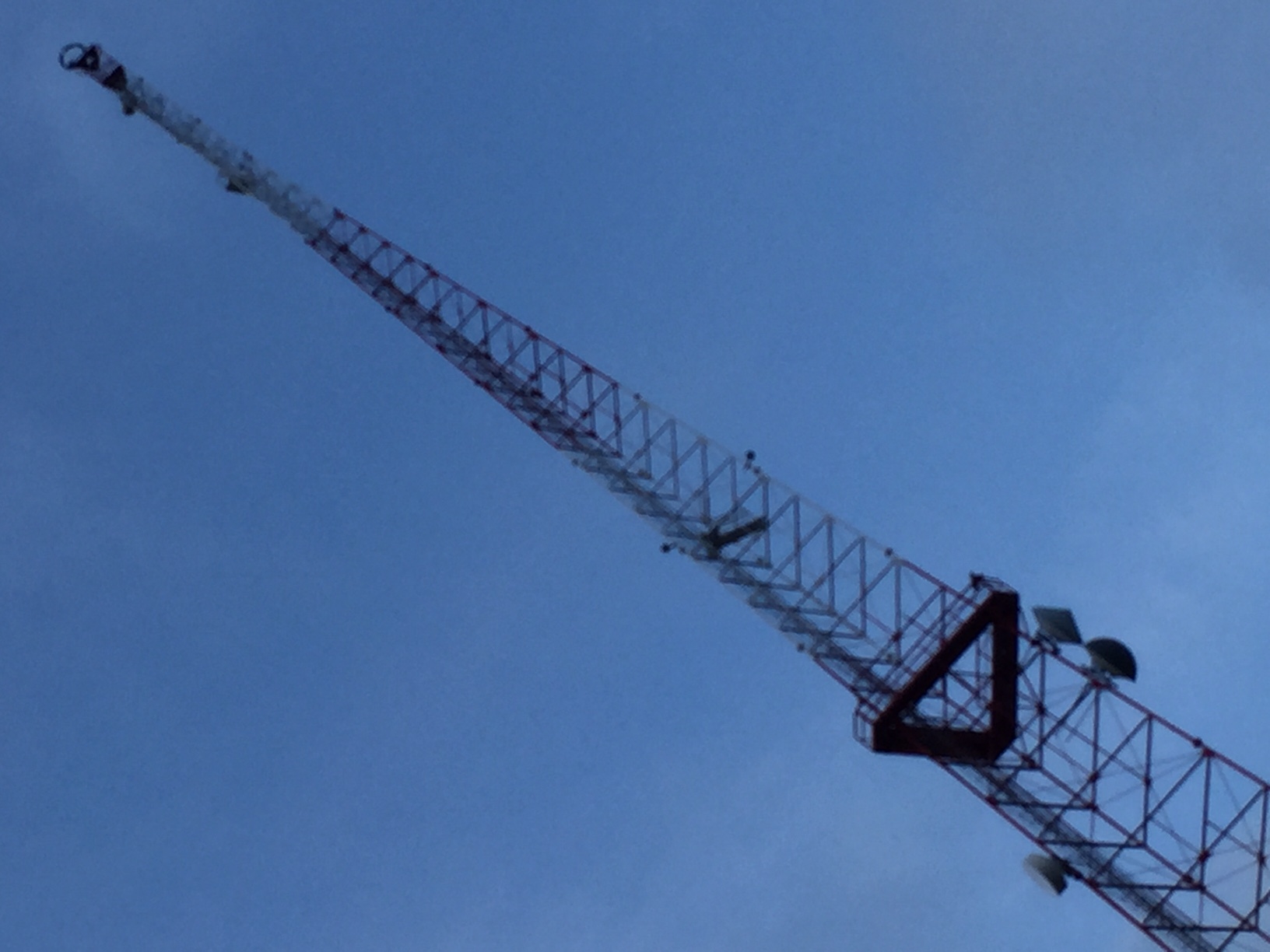Saturday morning (5/13) the SWIARC repeater was under the medical scrutiny of engineer John KB0QKH and trustee Greg N0GR. The examination included a sweep of the antenna, feed line, and duplexer. With the microscope applied, what did the doctors discover?
Rich WA0ZQG interviewed John during the Saturday afternoon net. During the exchange net listeners were able to find out what tests were conducted on the Southwest Iowa Amateur Radio Club 146.820 VHF repeater including some details on what each test involved.
John did a frequency check on the repeater transmitter. This check was to determine if the repeater was on frequency. The test determined that the repeater was well within tolerances.
NOTE: One freq counter showed it 100 cps low and another showed 100 cps high. Crystals sometimes come with .005% tolerance. Practically speaking, if your rig is within a kc at 2M, that’s OK. Repeaters should be better than that.
There was 42 watts of power measured going into the can filters and 31 watts coming out. From there they estimated going through near 200ft of low loss cable the signal may be attenuated due to about 2.6db loss resulting in around 22 watts going out of the antenna. Yes, watts are lost on that long haul though the duplexer and up the tower to the antenna, and that’s just the reality of any repeater like this. Simply put, the height you gain by going up the tower is more beneficial than the watts you’d have if it were lower.
The antenna exhibited no signs of problems, and the feed line checked out as good. Although John says it has been about five years since his equipment has been calibrated, the accuracy is not in question and thus application to this task is well suited.

centered on 148.82
Notice the ‘notch’ on .82
Briefly stated, no problems were detected with the duplexer, cable, and antenna. However, it should be noted that no one actually climbed the tower to do a close up visual examination of the antenna or mount point, and some of the problems users are reporting seem to be related to conditions of strong wind, which could not be tested Saturday.
Although Saturday’s tests were not necessarily comprehensive, they were a positive effort in repeater maintenance. It is good to know what is working well so that future diagnostics can eliminate the known quantities as possible failure points.
Two previous parts of the SWIARC repeater that are no longer in service are 1) the remote receive site and 2) the RF amplifier. It has not been determined if a new amplifier will be purchased and it is unlikely that the remote receive site will ever be placed back into service due to some factors that are beyond control of the club.

but it’s a great picture
written by: W0DBW
edited with revision by: WA0ZQG
